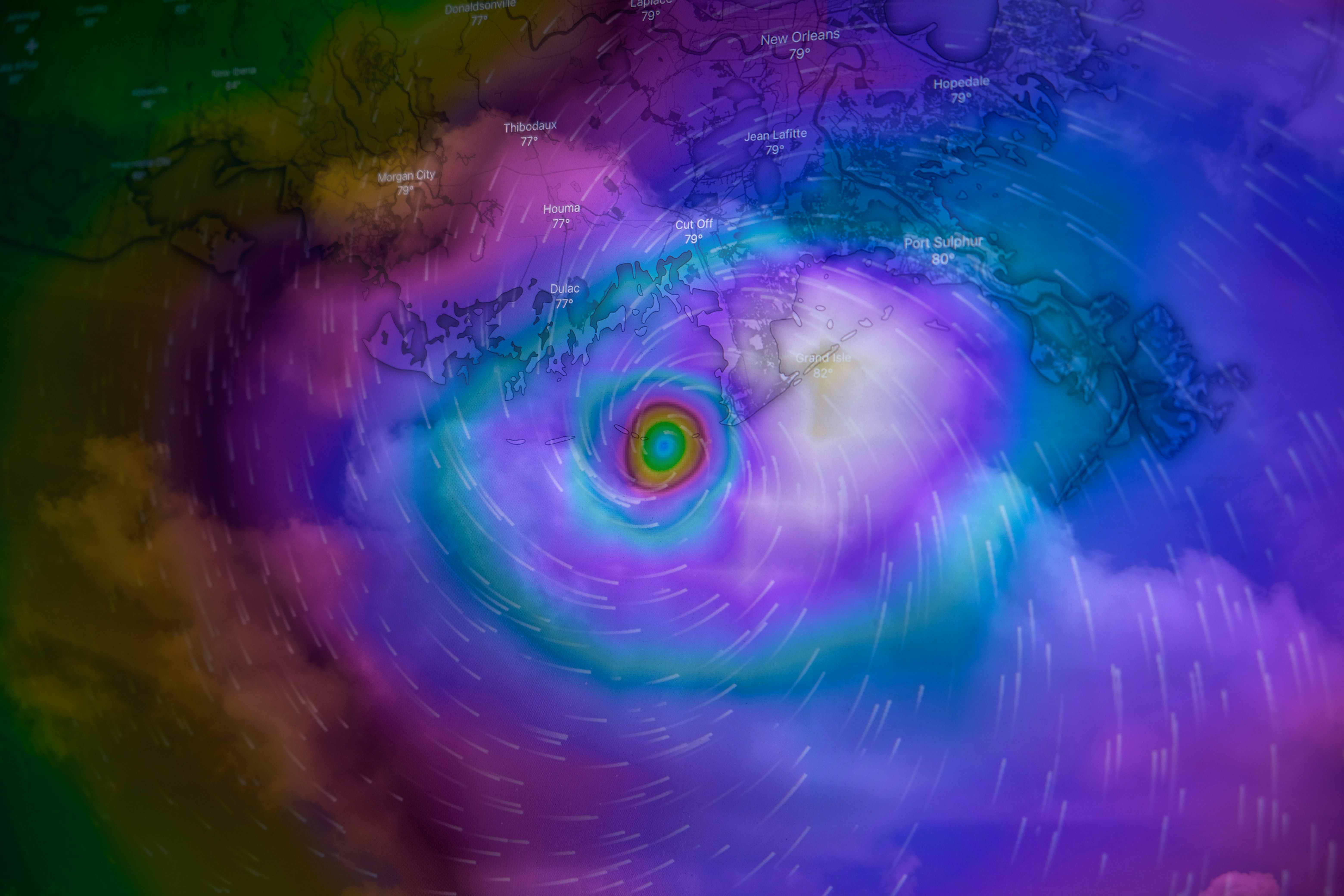Innovative Solutions for Hurricane Damage Mitigation
With the increasing intensity and frequency of hurricanes, communities are constantly seeking innovative solutions to mitigate the devastating impacts of these natural disasters. Effective hurricane damage mitigation is crucial not only for ensuring public safety but also for preserving the economic stability of affected regions. In this article, we explore a range of cutting-edge strategies and technologies aimed at minimizing the destructive forces of hurricanes.
Advanced Building Materials and Design
The cornerstone of hurricane damage mitigation lies in the construction of resilient infrastructure. Advanced building materials and innovative architectural designs are pivotal in enhancing the structural integrity of buildings. One such development is the use of hurricane-resistant materials like reinforced concrete and impact-resistant glass. These materials are designed to withstand high winds and flying debris, significantly reducing the risk of structural failure.
Innovative Building Technologies
Furthermore, incorporating smart technologies into building designs has proven beneficial. Smart sensors can detect real-time structural stress, allowing for prompt interventions. Additionally, implementing aerodynamic roof designs reduces wind uplift, thereby preventing roof damage during storms. As these innovations continue to evolve, they promise a future where buildings are not only aesthetically pleasing but also hurricane-proof.
Nature-Based Solutions
Nature-based solutions harness the power of natural ecosystems to protect communities from hurricanes. FEMA and other organizations promote the restoration of coastal habitats such as mangroves, wetlands, and sand dunes, which serve as natural buffers against storm surges and flooding. These ecosystems absorb wave energy and stabilize shorelines, reducing the impact of hurricanes on coastal areas.
Community Engagement and Education
Community engagement plays a vital role in effective hurricane damage mitigation. Public awareness campaigns and educational programs equip residents with the knowledge and skills necessary to protect their properties and families. At HelpNow, we offer comprehensive courses on disaster preparedness, including strategies for reinforcing homes and creating emergency response plans.
Leveraging Technology for Early Warning and Response
Technological advancements in hurricane forecasting and early warning systems are pivotal in minimizing damage. Improved predictive models, powered by artificial intelligence, offer more accurate forecasts, allowing communities to prepare more effectively. Early warning systems, equipped with real-time data feeds and communication networks, enable authorities to issue timely evacuation orders and coordinate response efforts efficiently.
The Role of Drones and Remote Sensing
Drones and remote sensing technologies have revolutionized damage assessment and response planning. After a hurricane, drones can quickly survey affected areas, providing high-resolution imagery and data for emergency responders. This information is crucial for prioritizing rescue operations and allocating resources where they are most needed.
Collaboration with Government and NGOs
Effective hurricane damage mitigation requires collaboration between government agencies, non-governmental organizations, and the private sector. Initiatives such as public-private partnerships and community-based disaster preparedness programs have proven effective in building resilient communities. Ready.gov offers valuable resources and guidelines for developing local response plans and enhancing community resilience.
Furthermore, NGOs like HelpNow play a crucial role in bridging gaps by providing training, resources, and support to vulnerable populations. By fostering partnerships and leveraging collective expertise, these collaborations enhance the overall capacity to withstand and recover from hurricanes.
The Path Forward
As climate change continues to influence weather patterns, the need for innovative hurricane damage mitigation strategies becomes ever more pressing. By investing in advanced technologies, nature-based solutions, and community engagement, we can create resilient communities better equipped to withstand future storms. For more information on how you can contribute to disaster preparedness and response, consider joining us at HelpNow or explore our range of courses designed to empower individuals and organizations.
In conclusion, while hurricanes remain a formidable threat, the ongoing development of innovative solutions offers hope for a safer and more resilient future. Through collaborative efforts and cutting-edge technologies, we can effectively mitigate the damage caused by these powerful natural events.

